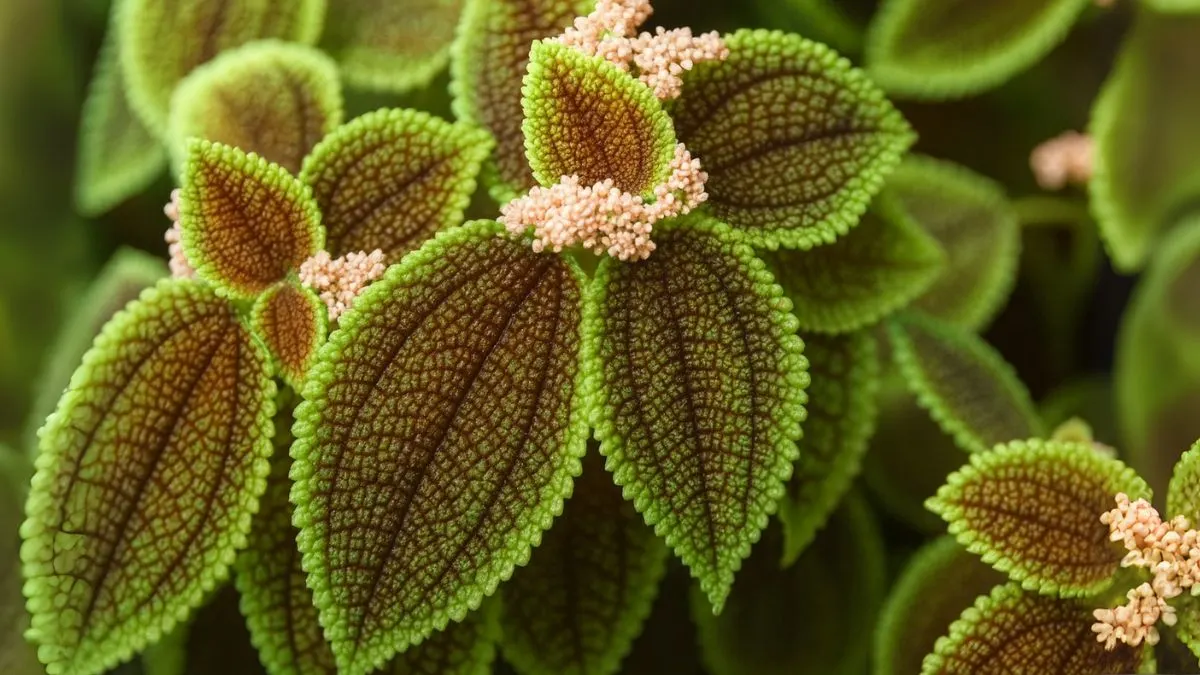The Moon Valley Pilea plant is one of those rare indoor plants that instantly captivates you with its unique textured foliage and vibrant green color. Native to Central and South America, this little beauty has become popular in Canada, the U.S., and across the globe for both its charm and easy-care nature.
But while it’s hardy, many plant lovers struggle to keep it lush and thriving. The secret lies in understanding its needs—light, water, soil, and humidity. Let’s break down everything you need to know about growing a healthy Moon Valley Pilea.
Light Requirements

Like most tropical plants, the Moon Valley Pilea enjoys brightness without harsh sun. Always provide it with bright, indirect light so its delicate leaves don’t scorch. A north- or east-facing window is ideal, though a sheer curtain in a south-facing spot can also work.
Some plant parents rotate their Pilea weekly to encourage even growth. This is especially important because when you provide bright, indirect sunlight, the plant tends to lean toward its light source. By rotating it, you’ll maintain a more balanced, fuller look.
Watering Tips
Watering is where many people go wrong. Despite its tropical origin, the plant dislikes soggy roots. The trick is to water them when the top inch of soil feels dry to the touch.
- In general, water once or twice a week, depending on your home’s temperature and humidity.
- On average, Moon Valley Pilea needs 0.8 cups of water every 9 days when grown indoors in a small to medium pot.
- Always use well-draining soil to prevent root rot.
Since Pilea is a water-loving species, keeping the right balance—moist but not waterlogged—is key. Personally, I learned this the hard way: I used to water daily, only to watch yellow leaves appear. Once I shifted to a “check the top inch first” rule, my plant bounced back beautifully.
Also Read: Why Peperomia Might Be the Only Houseplant You’ll Ever Need
Soil and Humidity
Soil plays a crucial role in plant health. The Moon Valley Pilea thrives in light, porous soil with good drainage. A mix of peat moss, perlite, and standard indoor potting soil works well.
Humidity is equally important. This plant loves a moist environment, so consider placing a humidifier placed about a metre away from your plant to mimic its natural conditions. Alternatively, grouping it with other tropical plants can help maintain a local humidity pocket.
Feeding and Fertilizing
Feeding isn’t complicated. During the growing season (spring and summer), feed your Moon Valley Pilea every 4–6 weeks with a balanced liquid fertilizer diluted to half strength. This keeps the foliage vibrant and encourages new growth.
Skip feeding in winter when growth slows naturally. Over-fertilizing can damage the roots, so less is more.
Feng Shui and Energy Flow
Many indoor gardeners also enjoy the Moon Valley Pilea for its symbolic value. It’s said that the plant enhances energy flow when placed in a Northeast-facing direction. In Feng Shui, this position is linked to knowledge, wisdom, and personal growth—making it a thoughtful addition to your home office or study space.
Also Read: How to Grow Rain Lily That Appears Like Magic After Rain
Common Problems and Solutions
Problem |
Cause |
Solution |
Yellowing leaves |
Overwatering |
Adjust schedule, check drainage |
Drooping foliage |
Underwatering or low humidity |
Increase watering frequency, add a humidifier |
Brown leaf edges |
Low humidity or too much direct sun |
Move to indirect light, mist occasionally |
Stunted growth |
Lack of nutrients or poor soil |
Refresh soil, use diluted fertilizer |
Styling Ideas
One of the best things about the Moon Valley Pilea is its decorative appeal. Its crinkled, deeply veined leaves look stunning in terracotta pots, hanging baskets, or even grouped with other tropicals like calatheas and ferns.
Since it stays compact, it’s perfect for small spaces—windowsills, desks, or kitchen shelves. I’ve personally found that it thrives in my bathroom, where the humidity naturally stays higher.
Remember, Pilea is a water-loving species, but balance is everything. Add a little humidity, water once or twice a week, and let it shine in your favorite corner.
And if you’re someone who believes in the energy of plants, don’t forget—placing it in the Northeast-facing direction enhances energy flow.
Why not bring one home and see how it transforms your space?






